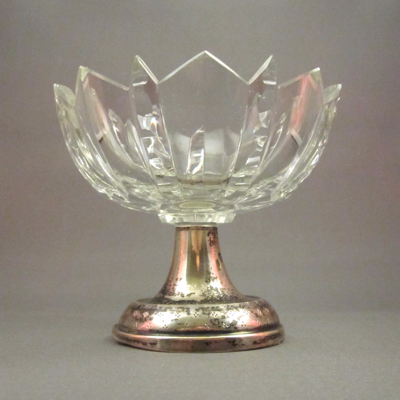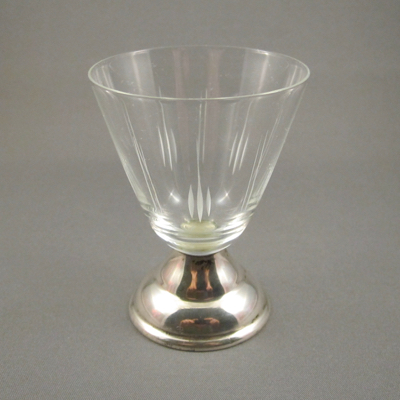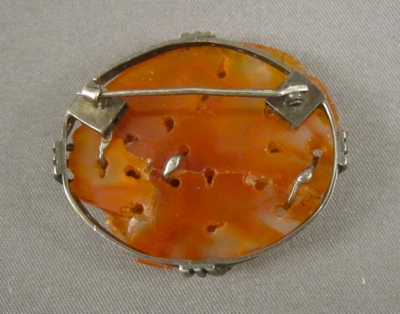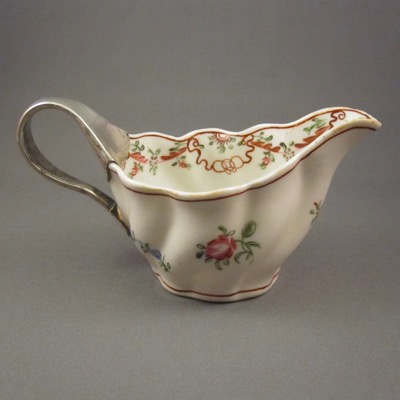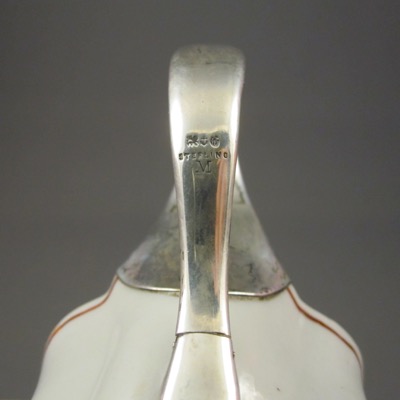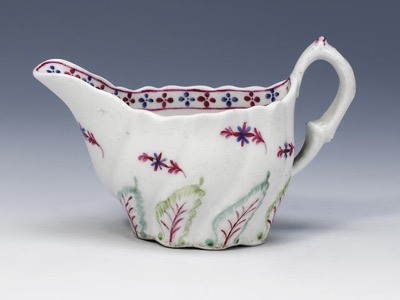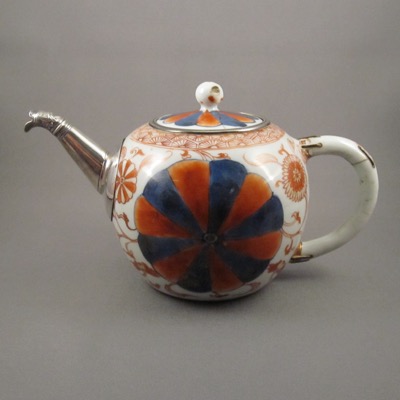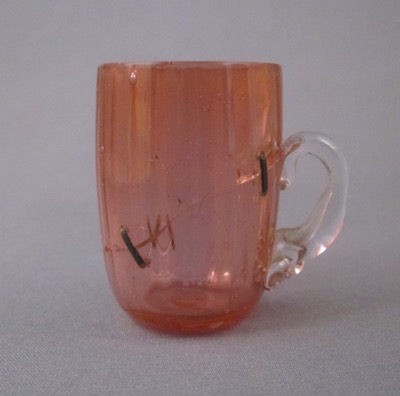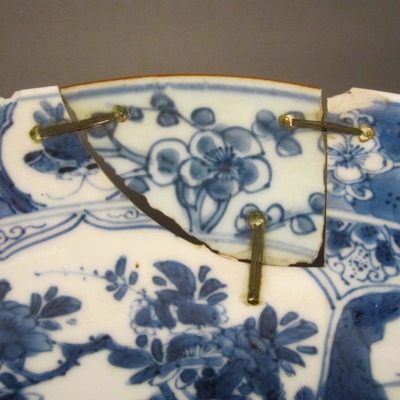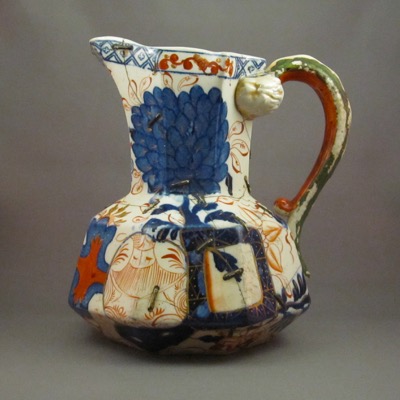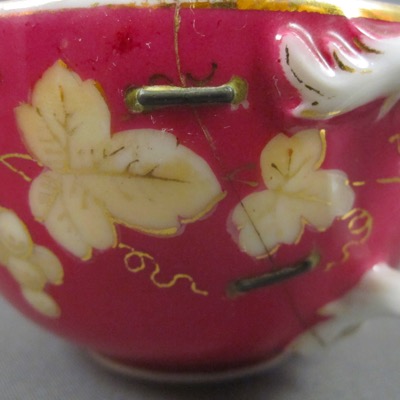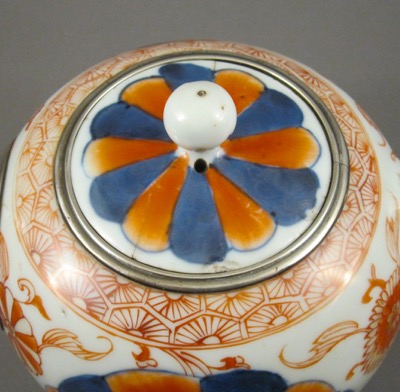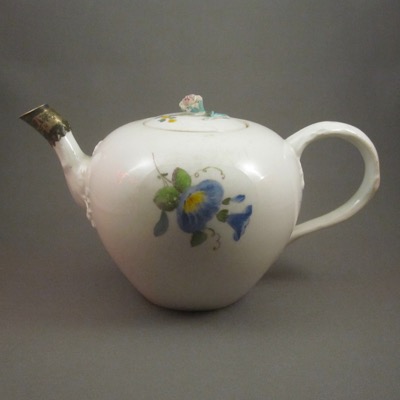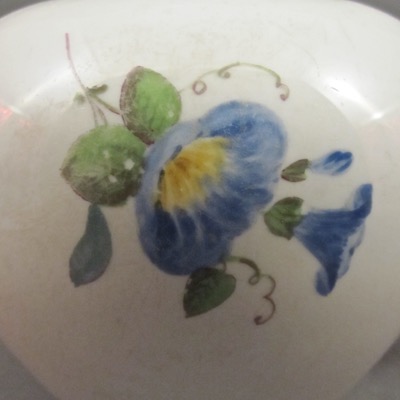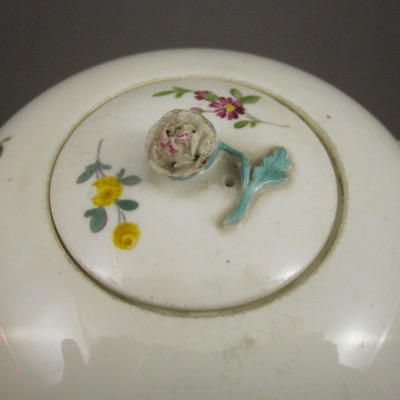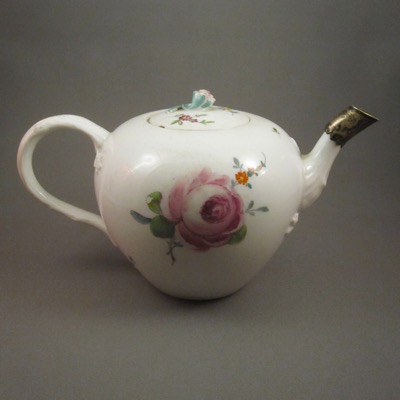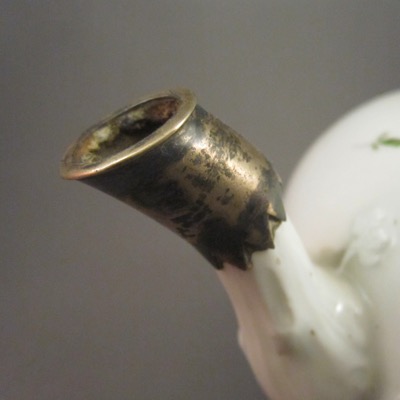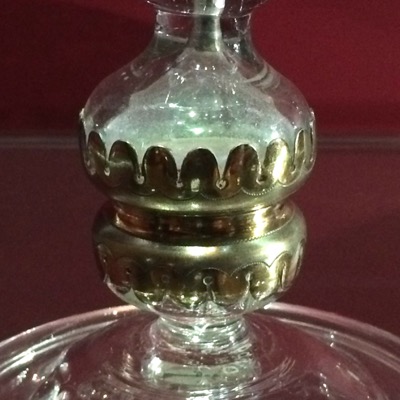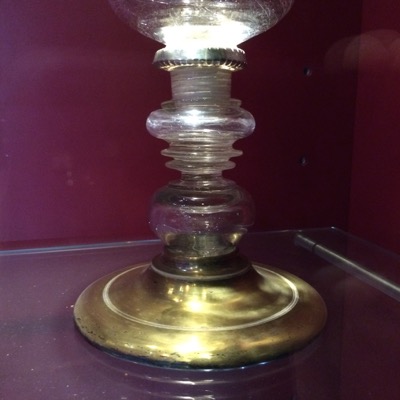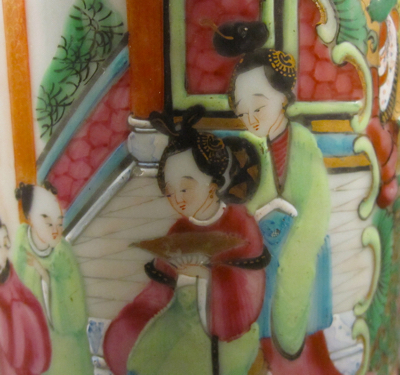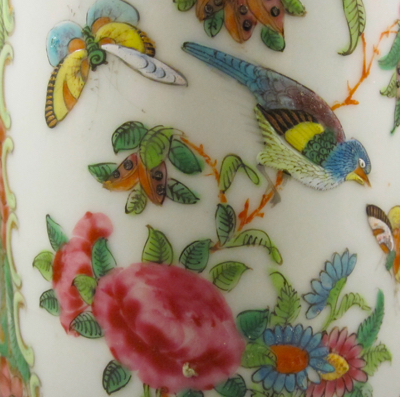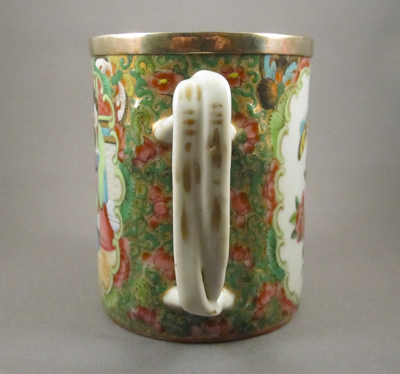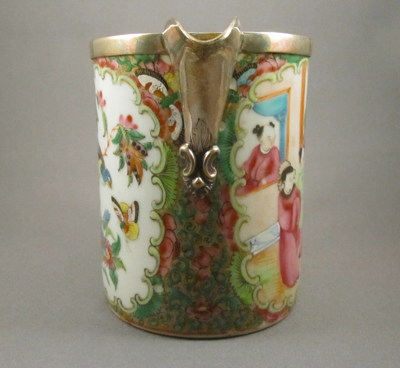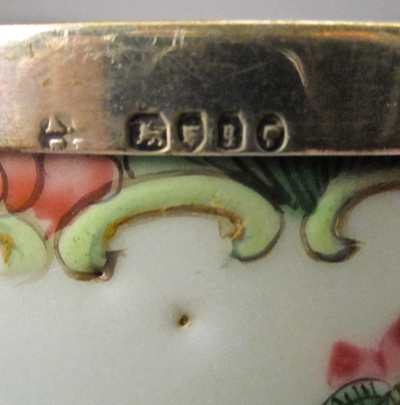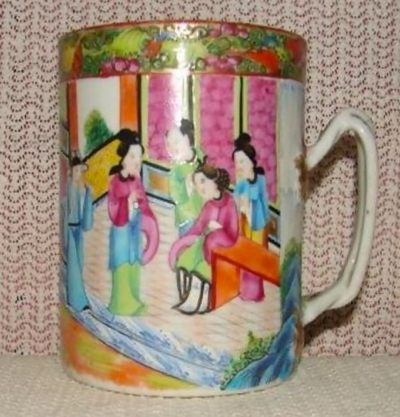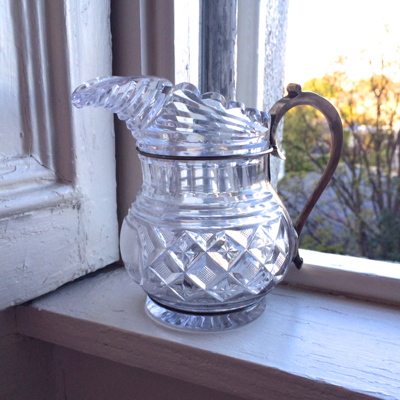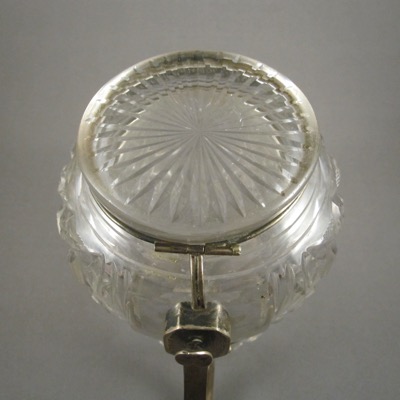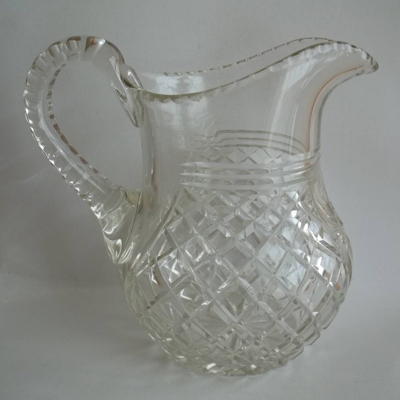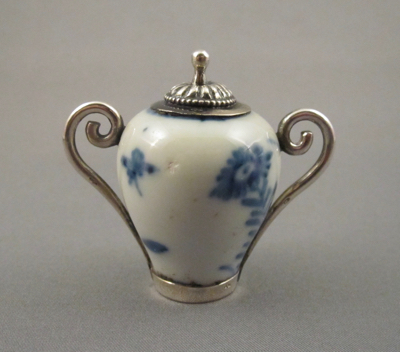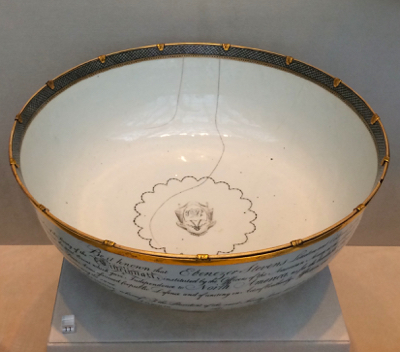“We learn from failure, not from success!” Bram Stoker, Dracula
Well said, Mr. Stoker. Over the years, I have purchased a handful of items which, at the time, appeared to have inventive repairs. But upon closer inspection, I discovered they were not make-do’s. Here are a few of my mistakes that I eventually grew to love and even learned something from.
During a trip to Amsterdam a few years ago I purchased four glasses with silver bases at an antiques market. I was surprised to find over a dozen pieces with similar silver repairs all in one place. Assured by the dealer that the bases were indeed replacements and not original to the glassware, I bought a few of them, even though I was still not entirely convinced of his claim. Upon returning home, I began to research them extensively and after hours of digging deep into the depths of Google, came up with nothing. Months later, I accidentally stumbled upon a similar piece for sale in Amsterdam. After contacting the shop, Valentijn Antiek, and asking for information regarding this specific type of “repair”, I was told that these were not repaired pieces. The dealer went on to tell me that they were and still are being made by contemporary jewelers. I was told “For clarification, you should know something about the (Dutch) national character: The Dutch are and were very frugal. A repair, for example, crystal, should not cost too much. Objects are restored only in case 1) there is not as quick as possible a replacement; 2) the material of the object is expensive and scarce; 3) it is a precious object, because it is a reminder; or because one has received it from someone (like your mother in law) with whom you do not want to have to get a quarrel.”
This delicate champagne flute is the first piece I bought. I still find it hard to believe that its silver base is not an inventive repair.

This goblet has a nicely detailed silver base. It also had me fooled.
I was a bit more skeptical of these two, which appear to be from the 1960s. Their silver bases do look intentional.
I recently found this sharply cut small footed dish at an antiques shop in New Jersey. Although my gut was telling me that the hallmarked silver base was not a replacement I purchased it anyway. It seems that old habits die hard.
